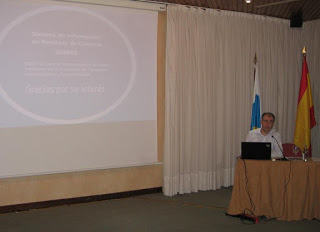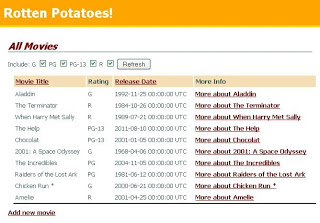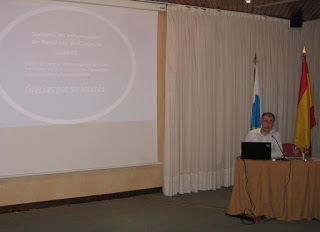(Sorry, this is a technical post about software testing, but don’t worry, you can find here some of my non-technical blog posts)
A few years ago we used Selenium IDE in a web application project just to check the functionalities developed at that sprint were working as expected but there were some problems with that. I try to sum up them here:
- Selenium IDE works only with Mozilla Firefox web browser. That was a problem when you did need to test another browser or your web app worked only in MS Internet Explorer.
- Tests and tests suites used to become red frequently. Firefox updates (on security mainly) made script commands deprecated easily so it was needed to search for a replacement, when available, or to find a workaround (after a few hours in Stackoverflow). To keep them working in order was costly (and time consuming).
- There was some kind of a mess with script commands: type or typeKeys, click or clickAt, mouseAt or mouseDown. You never knew.
This first test is a kind of smoke test just to check that the application is working properly and shows the main page when it is requested:
Below you can find how to get the driver variable for Chrome. Using it you can have access to all WebDriver commands. It is written inside the jUnit @Before annotation so it is going to be executed before any other test run. At the @After method there will be a driver.quit(); sentence.
This last test actually checks that 10 questions are asked at each attempt (no more, no less), chooses randomly one of the multiple choice options and ensures that there is a results page at the end.
You can find texts like this and many other about how to manage agile projects in my book Agile 101: Practical Project Management (available on Amazon).
References:
- You can find here how to set up Selenium WebDriver in Eclipse.
- Selenium WebDriver, Selenium RD comparison.
- Code of this sample class can be found as a GitHub Gist.















